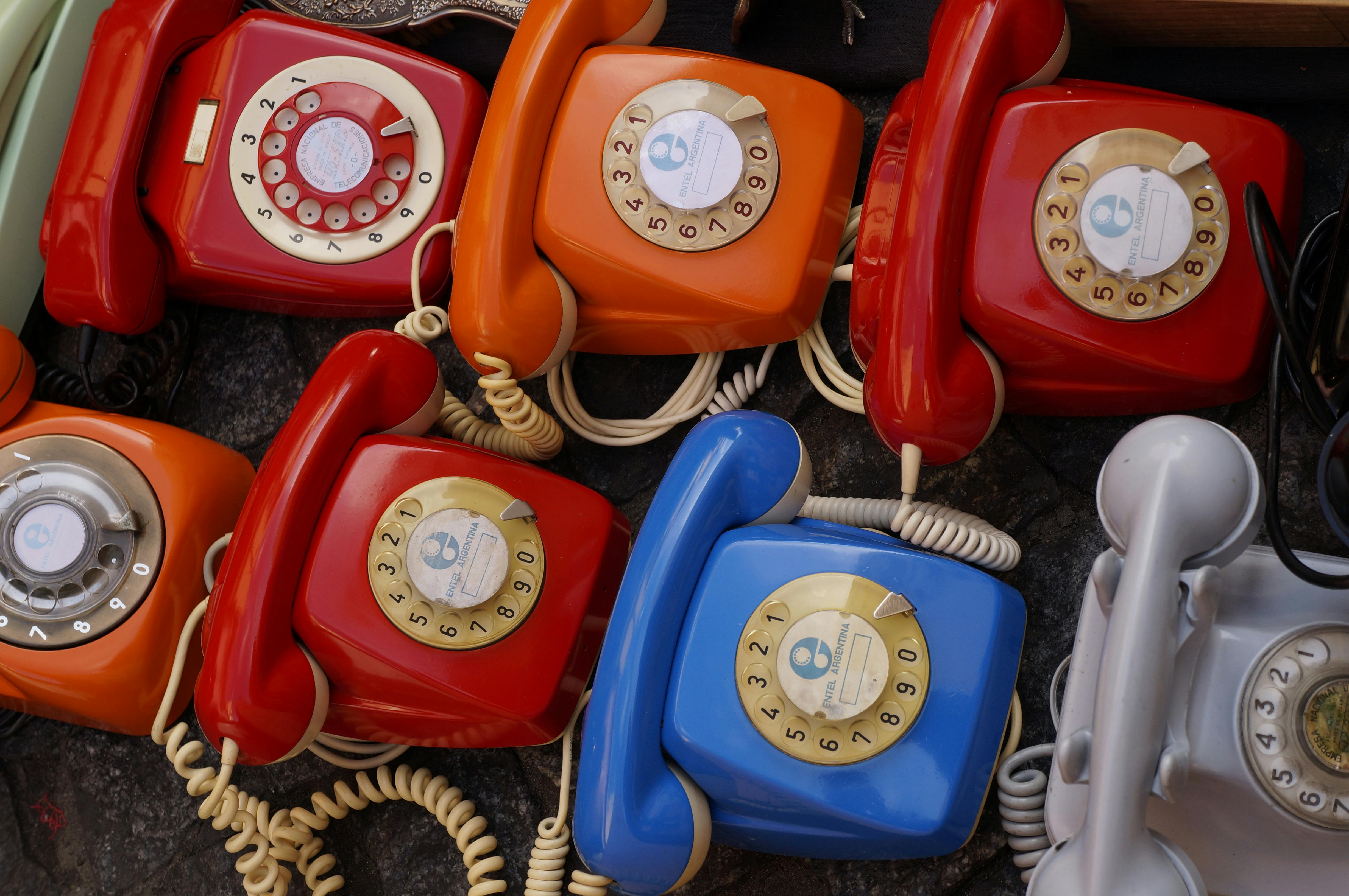Bakelite: Born from Shellac Shortage

The Story
Early 20th-century electrical devices required insulating materials. Shellac, a resin secreted by lac beetles in India, was widely used but expensive and scarce.
Belgian chemist Leo Baekeland sought a synthetic replacement for shellac. Investigating reactions between phenol and formaldehyde, he produced a hard, heat-resistant resin that could be molded and retained its shape after cooling. He patented the material as Bakelite in 1909.
Baekeland’s goal of replacing shellac led to the first thermosetting plastic, which did not conduct electricity and could be mass-produced. Advertised as “the material of a thousand uses,” Bakelite became ubiquitous in telephones, radios and jewelry.
Why It’s Interesting
The first fully synthetic plastic was invented not for toys or packaging but to solve a supply problem in the electrical industry.
Bakelite launched the synthetic materials revolution and made possible the mass production of electrical devices that transformed modern life.
It’s fascinating that the shortage of beetle secretions led to one of the most important material innovations of the 20th century — showing how scarcity often drives innovation.